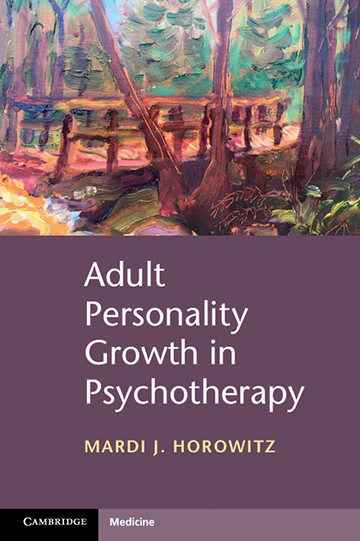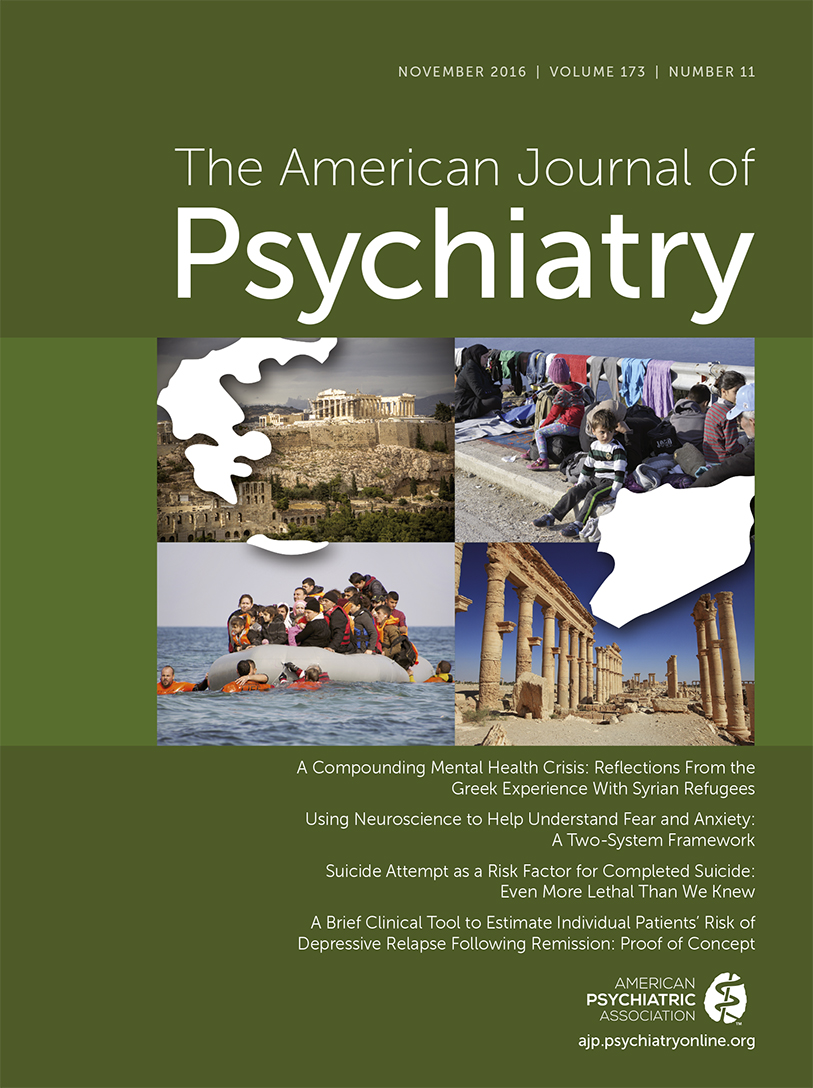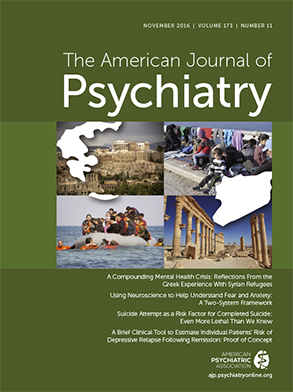Dr. Horowitz first engages the reader on the front cover of his new book, which has his own artwork on it. Investigating further, one learns that the author is an accomplished artist with many areas of interest. One area of specialization is sumi-e, which translates to Japanese black ink painting. Furthermore, it is a philosophy that represents the simple, the elegant, and the serene. More about this in a bit.
The book is organized into three sections: self-organization, relationships, and control and emotional regulation. These three areas are engaged in therapy “in order that a person learn to modify a narrative of characteristics of self in the present as articulated to the past and having future goals” (p. vii). The author acknowledges the importance in psychotherapy of both meaningful insight and new relationship experiences. He works from cognitive-behavioral and psychodynamic models and is interested in identifying their areas of conceptual overlap despite their different theoretical languages.
Basic to the author’s approach is his concept of “configurational analysis” where the patient’s “state of mind” is the focus of attention (p. 3). The emotions that stimulate changes in the patient’s mental state are labeled “topics of concern” (p. 5). “Concern” is directed toward the state of mind when a patient becomes what the author calls “over-modulated” or “under-modulated” (p. 5). The vehicle for helping patients “continue in a more controlled emotional state” is to “reduce transference feelings,” which is accomplished by utilizing the empathy of the therapist (p. 44). When patients are at lower levels of self-organization, the therapist may appear “calm and soothing” and may “reinstitute the therapeutic alliance” (i.e., “Would you like me to open the window for some fresh air? If we take a moment to breathe, maybe we can try to find our rhythm again.”) (p. 32). The challenge at that point, the author notes, is to gauge the availability of the patient for higher level interventions.
I was left confused by a number of the clinical vignettes presented about this very issue of how to think through these clinical choice points. The many clinical examples in the book allow the reader to try on for him or herself the conceptualizations and interventions that the author suggests. In a number of examples, the author stops short of presenting a fuller understanding of the clinical encounter that would have allowed the reader to get a more complex feel for his approach to patients. Specifically, what is omitted is any mention of the personal importance and meaning of the therapist to the patient. In my experience, it is that meaning and the study of its particulars that deepen the work and allow it to be a vital force in patients’ lives.
Malcolm, one of the patients described in a vignette, feared he was unlovable and so developed grandiose plans to win the Nobel Prize and “prove that he would finally be worthy of love” (p. 44). His inhibition of actual achievement was discussed in relation to his current mentors and past relationships with senior figures in his life. The therapist “asked that Malcolm switch his attention to the deployment of these negative attitudes into his projected future” (p. 45). Not surprisingly for someone who was devoted to seeking the loving approval of more senior figures, Malcolm soon was pleasing the therapist by adopting the therapist’s “new value priorities … to reconsider the present and new future” (p. 45).
I do not doubt that the author was aware that Malcolm’s very pattern of seeking love and approval, while also likely provoking the opposite, was activated in the therapy relationship. Curiously, all that is reported is that the therapist educationally recommended that the patient think differently, and indeed so he supposedly did. Complexity, along with a potential deepening of the therapy experience through Malcolm’s understanding of the meaning of the therapist in relation to himself, appears to be reduced to conscious simplicity.
In another vignette, Susan had a panic attack in the elevator on the way to her psychotherapy session. The trigger for this reaction was seen as originating with the odor of the other person in the elevator that reportedly reminded her of the smell of alcohol on her uncle who raped her when she was an adolescent. The therapist “guessed” that the therapy made it safer now to remember the trauma and that Susan was now “ready” to have this fear reaction and “to connect it to the past” (p. 93). This was reported to be useful for the patient.
Again, I am left curious about why the author omits any reference to the potential meaning of the onset of the patient’s panic attack occurring “on the way to her psychotherapy session” (p. 93). We all know of our temptations to potentially assign patients’ affective reactions “to the past” in place of encountering them in the moment in the room with us in real time. We do not know what meaning there may have been in Susan’s panic attack occurring on the way to see her therapist. It is fair to consider that it might have had meaning to her worthy of the therapist’s at least privately considering it in the description of the event.
I was disappointed that these considerations of the patients’ experiences in the office were not included in most, but not all, of the cases presented, in spite of the fact that “a deeper understanding of the patient’s relationship with the therapist” is mentioned on page 1 as a valuable vehicle of insight and healing. What are presented are simplified conclusions and outcomes, such as, “Anna came to think of herself more coherently and with fewer dissociations” (p. 40). “Malcolm reconsidered the present and new future, and how to move forward in a new way with his mentor” (p. 45). “As a result of learning more adaptive assertiveness and responsibility, he was later promoted to a supervisory position” (p. 60).
Patient improvement is, of course, our goal. We have all experienced the satisfactions that come with helping patients, which both gratify our desires to help and seemingly assure us of the correctness of our theories and techniques. What leads me to feel somewhat separated from the author’s clinical reports is that he apparently privileges the therapist’s psychoeducational interventions and soothing “serenity” as the vehicles of healing more than my clinical experiences have led me to believe. The “new relationship” is certainly vital. We help our patients experience this new relatedness in our surprising (to them) open-minded welcoming into the office of their feared desires, imaginings, and awkward self-representations. That is, we strive to help patients discover both that they have childhood-derived fears, hopes, shames, and excitements and that we receive them, are interested in them, and encourage their awareness and acceptance of them.
This is our offer of therapeutic love, and patients’ acceptance of that offer is a key component of adult personality growth that deserves mention in a book with that title.
Dr. Horowitz’s artwork on the book jacket is, significantly, not of his elegant and serene sumi-e but rather is an oil painting of a forest scene with gnarled trees, impressionistic greenery, and dense plant growth. This is the stuff of therapy. This is the wonderful messiness that patients bring to us that we are privileged to encounter. Many of us have learned from Dr. Horowitz for decades, going back to his groundbreaking work on stress. He now brings us his efforts to importantly integrate cognitive and dynamic thinking. I look forward to our continuing to learn from him.


